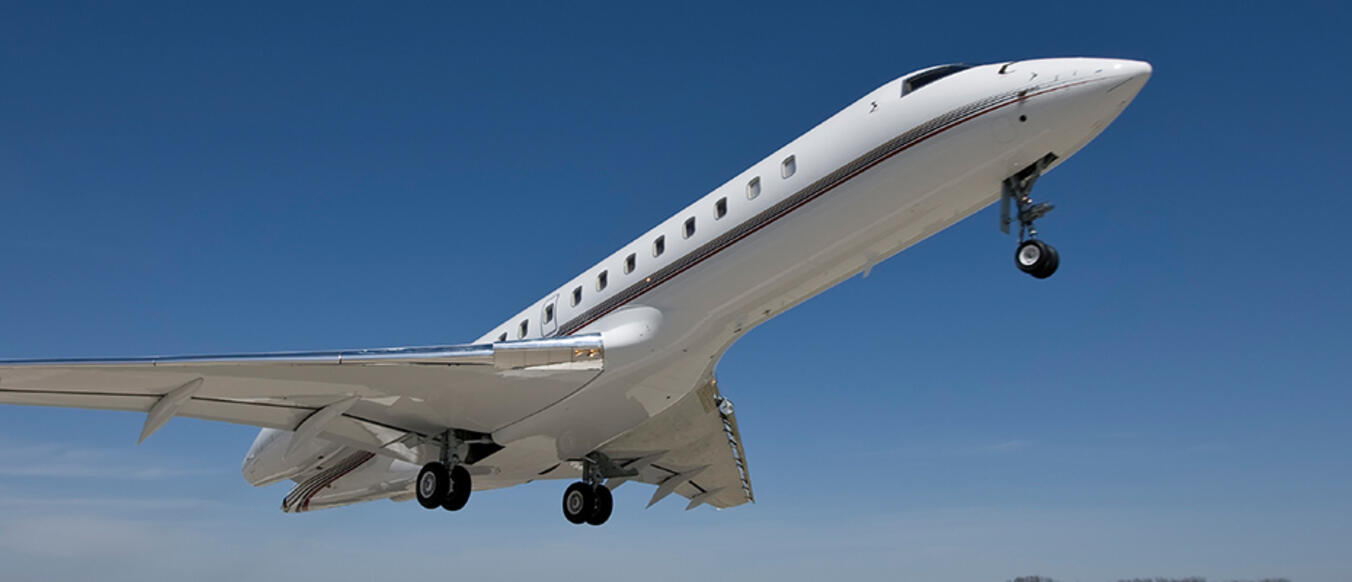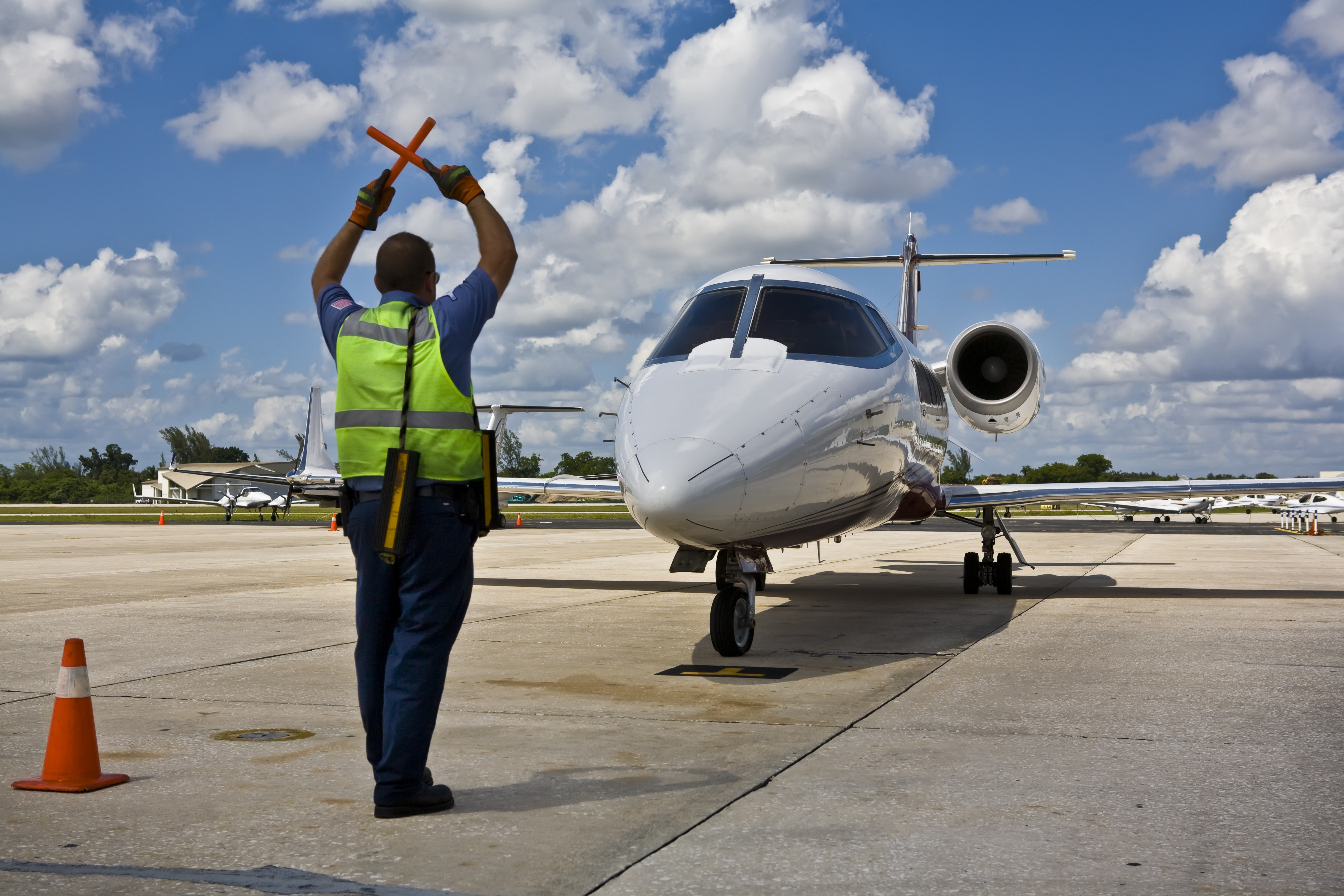Australia: As of June 6, 2020, ADS-B is mandatory for all IFR flights above and below FL290 operating over continental Australia. Currently, ADS-B is required for all flights operating at or above FL290 over the continent, the Arafura Sea, the Great Australian Bight, and the Bass Strait. All Australian registered aircraft operating in Classes A, B, C or E also require ADS-B.
Airservices Australia
Fiji: ADS-B equipage is mandatory for aircraft registered in Fiji that are operating in controlled airspace.
Civil Aviation Authority of Fiji




